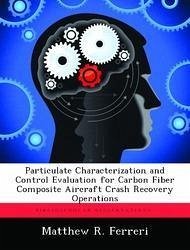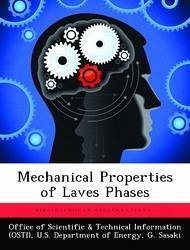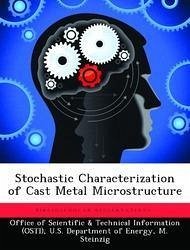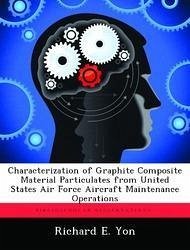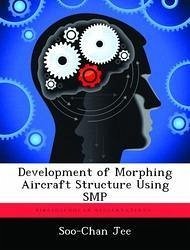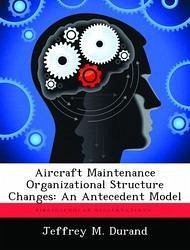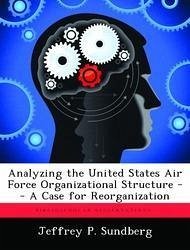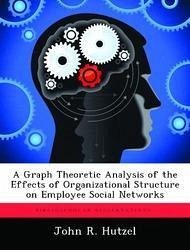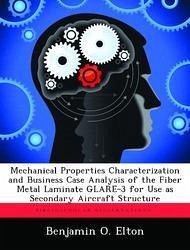
Mechanical Properties Characterization and Business Case Analysis of the Fiber Metal Laminate GLARE-3 for Use as Secondary Aircraft Structure
Versandkostenfrei!
Versandfertig in über 4 Wochen
52,99 €
inkl. MwSt.

PAYBACK Punkte
26 °P sammeln!
This effort explored the mechanical characteristics and economic feasibility of using the fiber metal laminate, GLARE-3, as a secondary aircraft structure; specifically the cargo floor of a C-130. The mechanical properties were determined through static four point bending and tensile testing and dynamic impact testing. Aggregate behavior of the constituent materials was predicted using a model which consisted of Mass Volume Fraction (MVF) and Classical Laminated Plate Theory (CLPT) methods using known values for the constituents. Static testing was conducted on coupon-level specimens using sta...
This effort explored the mechanical characteristics and economic feasibility of using the fiber metal laminate, GLARE-3, as a secondary aircraft structure; specifically the cargo floor of a C-130. The mechanical properties were determined through static four point bending and tensile testing and dynamic impact testing. Aggregate behavior of the constituent materials was predicted using a model which consisted of Mass Volume Fraction (MVF) and Classical Laminated Plate Theory (CLPT) methods using known values for the constituents. Static testing was conducted on coupon-level specimens using standardized testing procedures. Static tensile tests were conducted on specimens with four different fiber orientations, 0-, 22.5-, 45-, and 90-, while static bending tests were conducted on fiber orientations of 0- and 90-.



